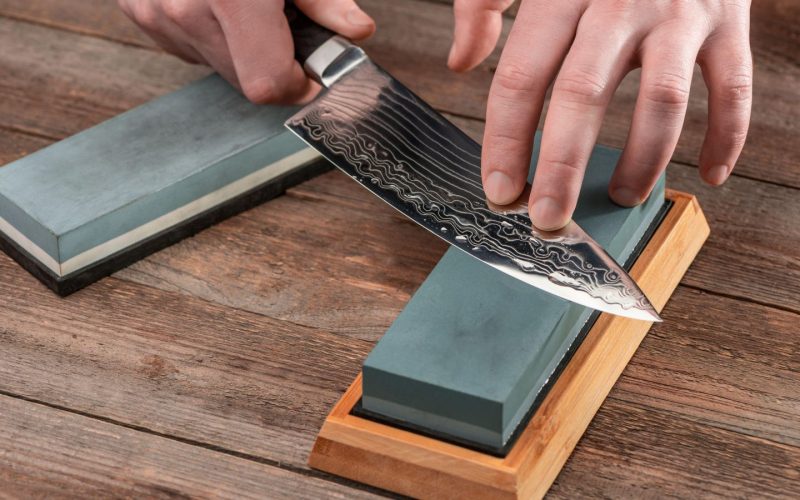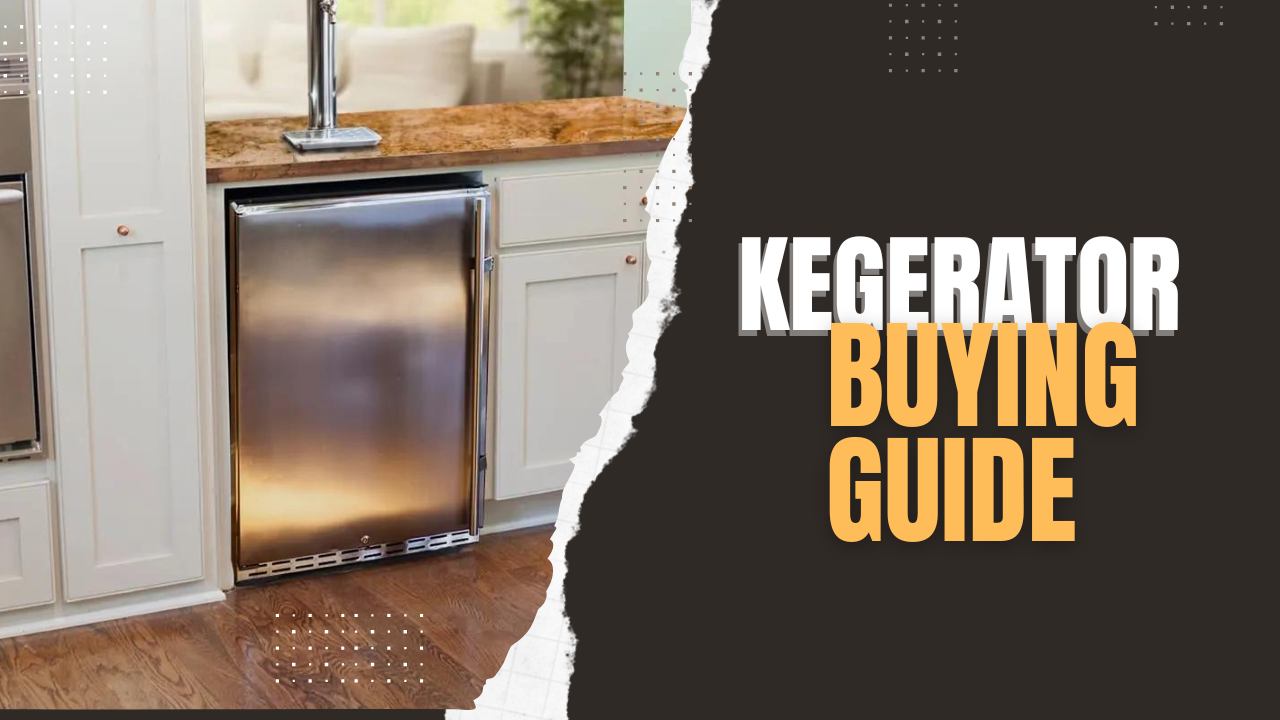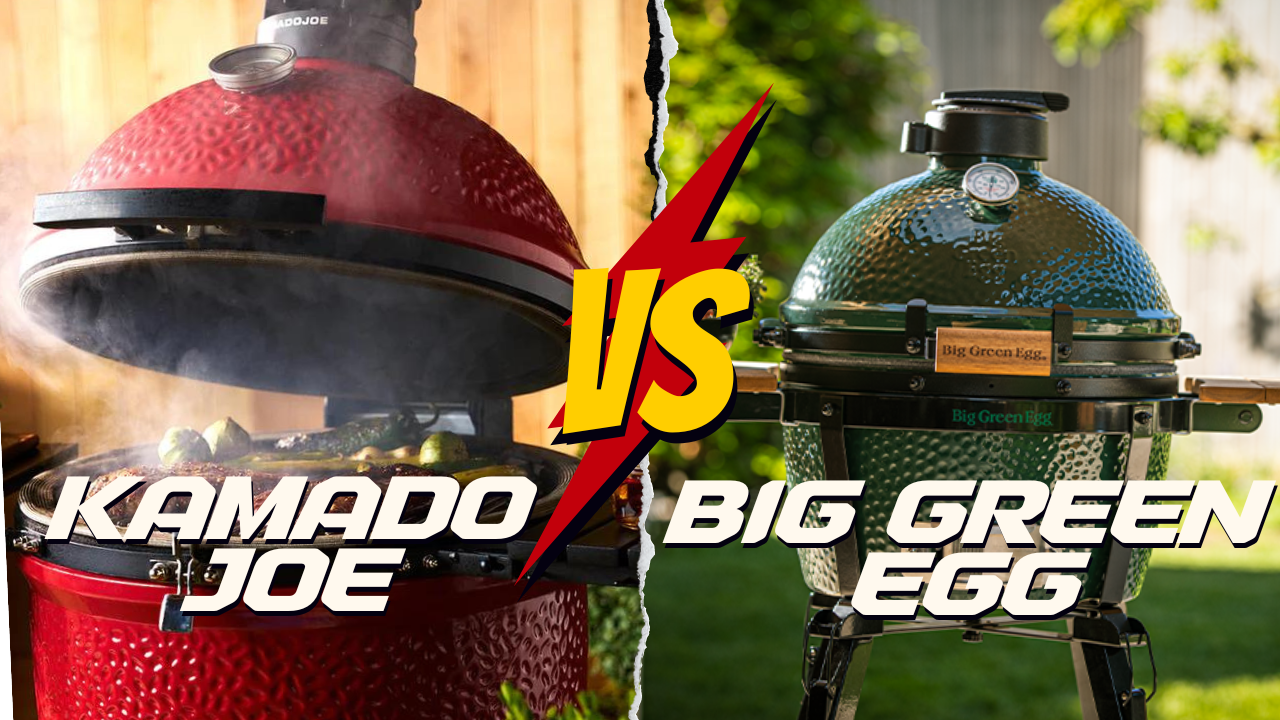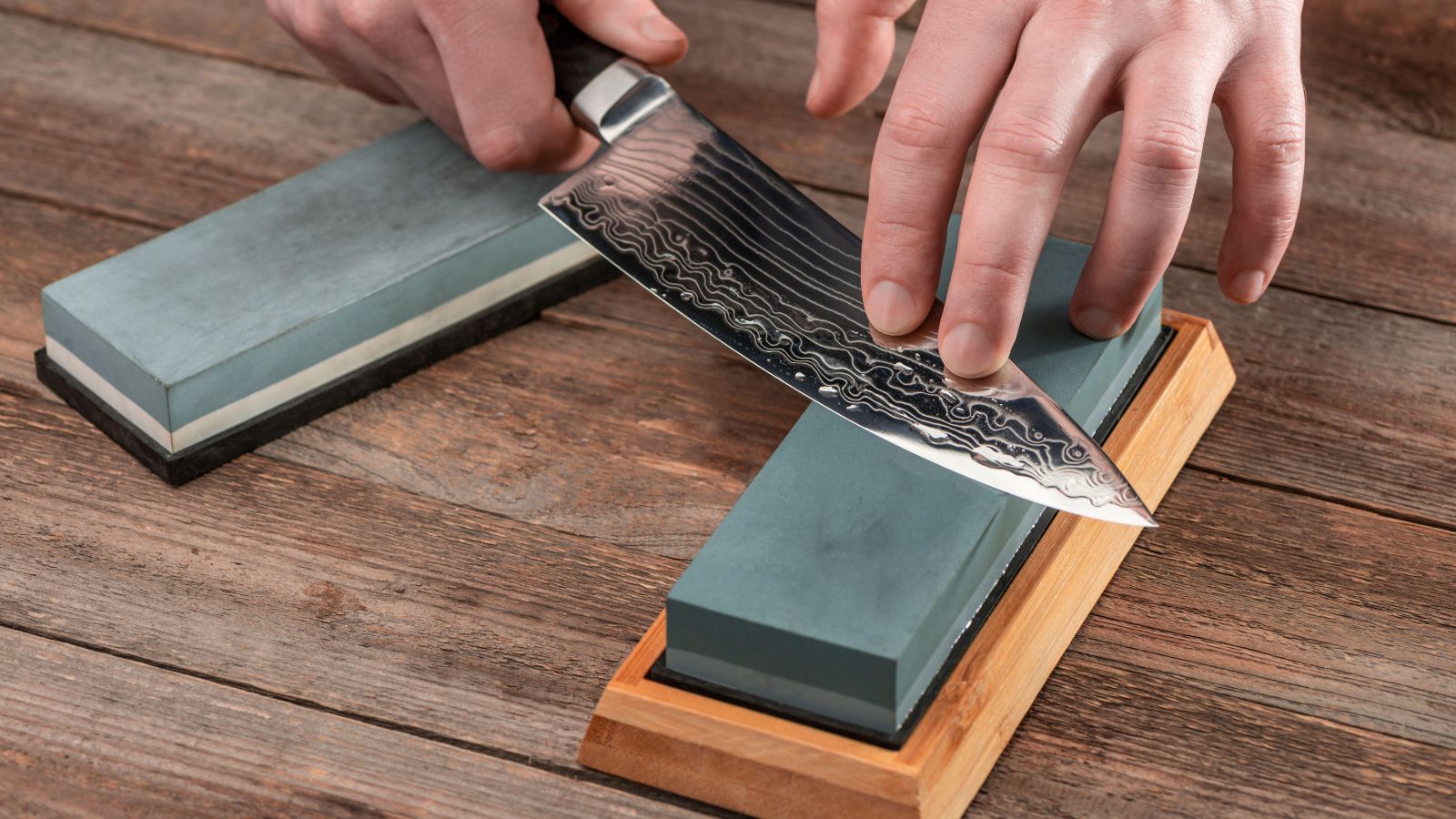Cooking is an art that requires the right tools, and a sharp knife is a chef’s best friend in the kitchen. Whether you’re slicing vegetables, dicing meat, or mincing herbs, a sharp knife makes all the difference in efficiency and precision. However, over time, even the best knives can become dull with repeated use. Learning how to sharpen cooking knives properly is essential for maintaining their performance and ensuring safety in the kitchen. In this comprehensive guide, we’ll explore various methods and techniques to sharpen your knives effectively, from traditional sharpening stones to electric sharpeners.
Why Sharp Knives Matter
Before delving into the techniques of sharpening knives, it’s crucial to understand why sharp knives are essential in the kitchen. A sharp knife not only makes cutting and chopping more efficient but also promotes safety. A dull knife requires more force to cut through food, increasing the risk of slipping and causing accidents. Additionally, sharp knives produce clean cuts, preserving the integrity and flavor of ingredients. With sharp knives, you can work more quickly and with greater precision, enhancing your overall cooking experience.
Identifying Dull Knives
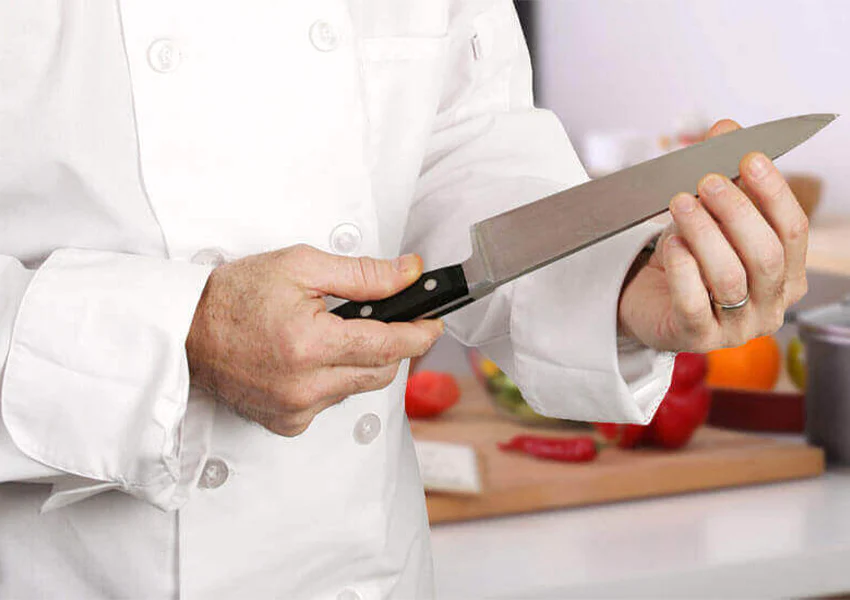
The first step in sharpening your cooking knives is identifying when they need sharpening. While it may seem obvious, many home cooks continue to use dull knives without realizing the impact on their cooking experience. Signs of a dull knife include:
- Difficulty in cutting through food: If you find yourself exerting more pressure than usual to slice through ingredients, your knife may be dull.
- Tearing or bruising of food: Dull knives can cause food to tear or bruise rather than producing clean cuts.
- Uneven slices: A sharp knife will effortlessly produce uniform slices, while a dull knife may result in uneven cuts.
- Slipping off food: When a knife loses its sharp edge, it’s more likely to slip off food, increasing the risk of accidents.
Regularly inspecting your knives for these signs will help you determine when it’s time to sharpen them.
Understanding Knife Sharpening
Knife sharpening is the process of restoring a knife’s sharp edge by removing material from the blade to create a new, finer edge. There are various methods and tools available for sharpening knives, each with its own advantages and techniques. The key is to choose a method that suits your skill level and preferences. Common methods of knife sharpening include using sharpening stones, honing steels, and electric sharpeners.
Sharpening Stones
:max_bytes(150000):strip_icc()/__opt__aboutcom__coeus__resources__content_migration__serious_eats__seriouseats.com__images__20100423-sharpening20-2004-aba6e6fa129844a7a106fa006eb98c3d.jpg)
Sharpening stones, also known as whetstones, are traditional tools used to sharpen knives for centuries. These stones come in different grits, ranging from coarse to fine, and require water or oil as a lubricant. The sharpening process involves sliding the knife’s edge across the stone at the desired angle, gradually refining the edge until it’s sharp. Sharpening stones offer precise control over the sharpening angle and are ideal for maintaining high-quality kitchen knives.
Honing Steels
:max_bytes(150000):strip_icc()/sea-honing-steels-test-mac-10-5-black-ashlee-redger-05-f9bf47a0e26e43b195390331724bf8f5.jpeg)
Honing steels, or sharpening steels, are metal rods with a handle used to realign the edge of a knife between sharpening. Contrary to popular belief, honing steels do not sharpen knives but rather help maintain their sharpness by straightening the edge. To use a honing steel, hold the knife at a 15 to 20-degree angle against the steel and swipe the blade across the steel in a sweeping motion. Regular honing with a steel can extend the time between sharpening and keep your knives sharp for longer.
Electric Sharpeners
:max_bytes(150000):strip_icc()/knife-sharpeners-test-chefs-choice-professional-electric-10-rkilgore-0463-071bb431ffa74ea5b1f8c4d7f6bbbcef.jpg)
Electric sharpeners are convenient devices that automate the sharpening process, making them ideal for home cooks who want a quick and easy way to sharpen their knives. These sharpeners feature rotating abrasive wheels that grind away material from the blade, creating a sharp edge. Electric sharpeners often come with multiple sharpening stages, including coarse and fine grits, allowing you to achieve a precise edge with minimal effort. While electric sharpeners are fast and efficient, they may remove more material from the blade compared to manual methods, so it’s essential to use them cautiously.
The Sharpening Process
Regardless of the method you choose, the sharpening process follows a similar sequence:
- Preparation: Before sharpening your knife, ensure it’s clean and dry. Remove any debris or food residue from the blade to prevent interference with the sharpening process.
- Selecting the Angle: The optimal sharpening angle depends on the type of knife and its intended use. Most kitchen knives have a bevel angle between 15 and 20 degrees. You can use a sharpening guide or visually estimate the angle based on the knife’s design.
- Applying Pressure: Apply consistent pressure as you slide the knife across the sharpening surface. Avoid pressing too hard, as this can damage the blade or produce an uneven edge.
- Pulling the Knife: Whether using a sharpening stone or an electric sharpener, always pull the knife toward you rather than pushing it away. This ensures better control and prevents accidents.
- Testing the Edge: Periodically test the sharpness of the knife by gently running your finger along the edge (with caution). A sharp knife will produce a smooth, clean edge without any nicks or burrs.
- Honing the Knife: After sharpening, use a honing steel to realign the edge and remove any remaining burrs. Hold the knife at the correct angle and swipe it across the steel several times on each side.
- Final Inspection: Once you’ve sharpened and honed the knife, inspect the edge under a bright light to ensure it’s uniformly sharp. Make any necessary adjustments to achieve the desired sharpness.
By following these steps, you can sharpen your kitchen knives effectively and maintain them in optimal condition for all your culinary endeavors.

